Tips On Feeding Astilbe: Learn About Fertilizer For Astilbe Plants
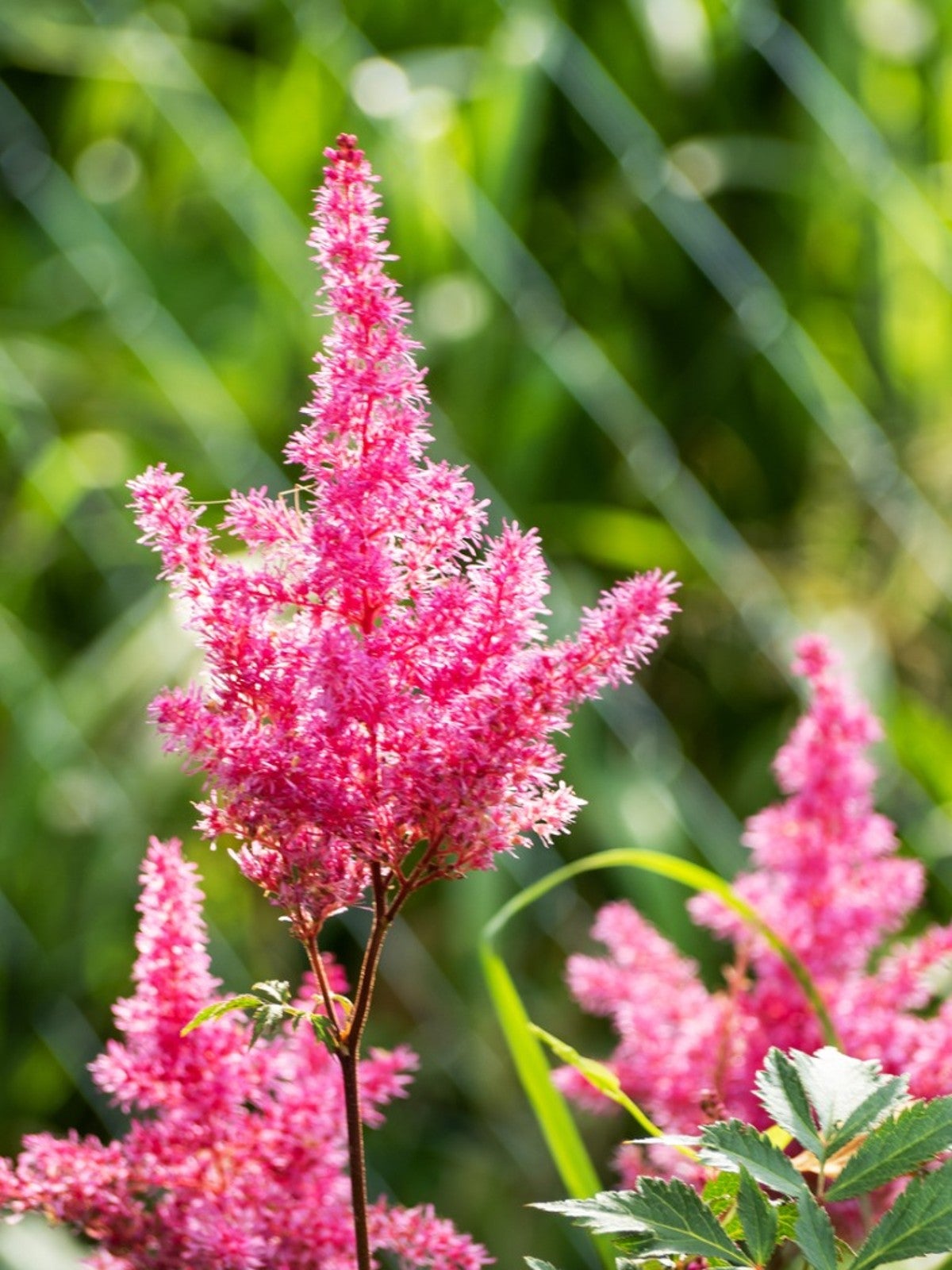

Astilbe is a fantastic flowering plant for hard to fill parts of the garden. It prefers shade and moist, loamy soil, meaning it can go in those areas where other plants often languish. Unlike the ferns and mosses you might normally plant there, however, astilbe also produces vibrant, beautiful fronds of flowers, bringing color to those dark areas. What’s more, the fronds will dry and last into the winter, making for an even more welcome splash of color. How can you make sure you’re getting the most out of your astilbe blooms though? Keep reading to learn more about how to fertilize astilbe plants.
Fertilizer for Astilbe Plants
Feeding astilbe is a very low impact process. Astilbe is a perennial and it really only needs a yearly application of a basic slow release flowering perennial fertilizer. Flowering plants need phosphorus to bloom, so look for a fertilizer for astilbe plants with a middle number that’s at least as high as the other two numbers, like 5-10-5 or 10-10-10. Simply sprinkle a handful of granules on the soil. If you’re planting for the first time, rake your fertilizer for astilbe plants into the soil a couple weeks ahead of time. Once your astilbe are planted, mulch them heavily to help retain soil moisture.
How to Fertilize Astilbe Once Established
Once they’re established, you should be fertilizing astilbe plants with the same perennial fertilizer once every spring. Push aside the mulch and rake your fertilizer into the soil. Try to do it when the soil is moist but the leaves of the plant aren’t. If the plant is wet, the fertilizer is more likely to stick to it, which can be harmful to the plant and cause chemical burns. That’s pretty much all there is to it. Astilbe fertilizing doesn’t get much simpler than this!
Gardening tips, videos, info and more delivered right to your inbox!
Sign up for the Gardening Know How newsletter today and receive a free copy of our e-book "How to Grow Delicious Tomatoes".

The only child of a horticulturist and an English teacher, Liz Baessler was destined to become a gardening editor. She has been with Gardening Know how since 2015, and a Senior Editor since 2020. She holds a BA in English from Brandeis University and an MA in English from the University of Geneva, Switzerland. After years of gardening in containers and community garden plots, she finally has a backyard of her own, which she is systematically filling with vegetables and flowers.
-
 4 Superfast Composting Methods: Turn Waste Into Garden Gold In 30 Days Or Less
4 Superfast Composting Methods: Turn Waste Into Garden Gold In 30 Days Or LessTry the fastest composting methods to turbocharge your pile and transform kitchen scraps and garden waste into finished compost in just a few weeks.
By Mary Ellen Ellis
-
 Best Spider Plant Soil – Complete Soil Guide And Expert Tips For Keeping Plants Happy
Best Spider Plant Soil – Complete Soil Guide And Expert Tips For Keeping Plants HappySpider plants are fun and easy plants to grow, but what is the best soil for a spider plant? Selecting the right soil is important so they can thrive.
By Bonnie L. Grant
-
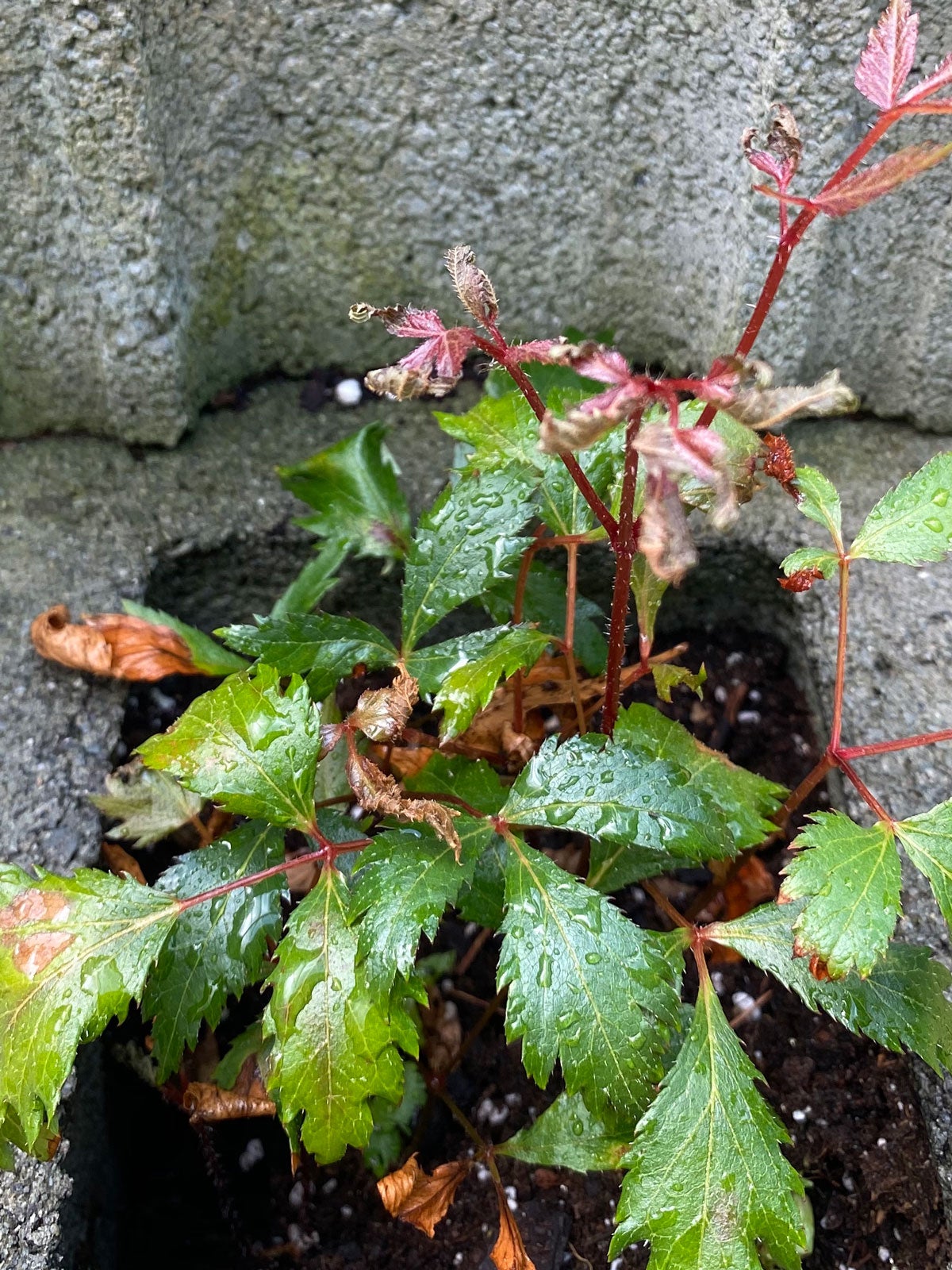 Astilbe Is Turning Brown: Troubleshooting Brown Astilbes
Astilbe Is Turning Brown: Troubleshooting Brown AstilbesBrowning astilbe can certainly mar your garden. Find out here why your astilbe is turning brown and what you can do to prevent or fix it here.
By Mary Ellen Ellis
-
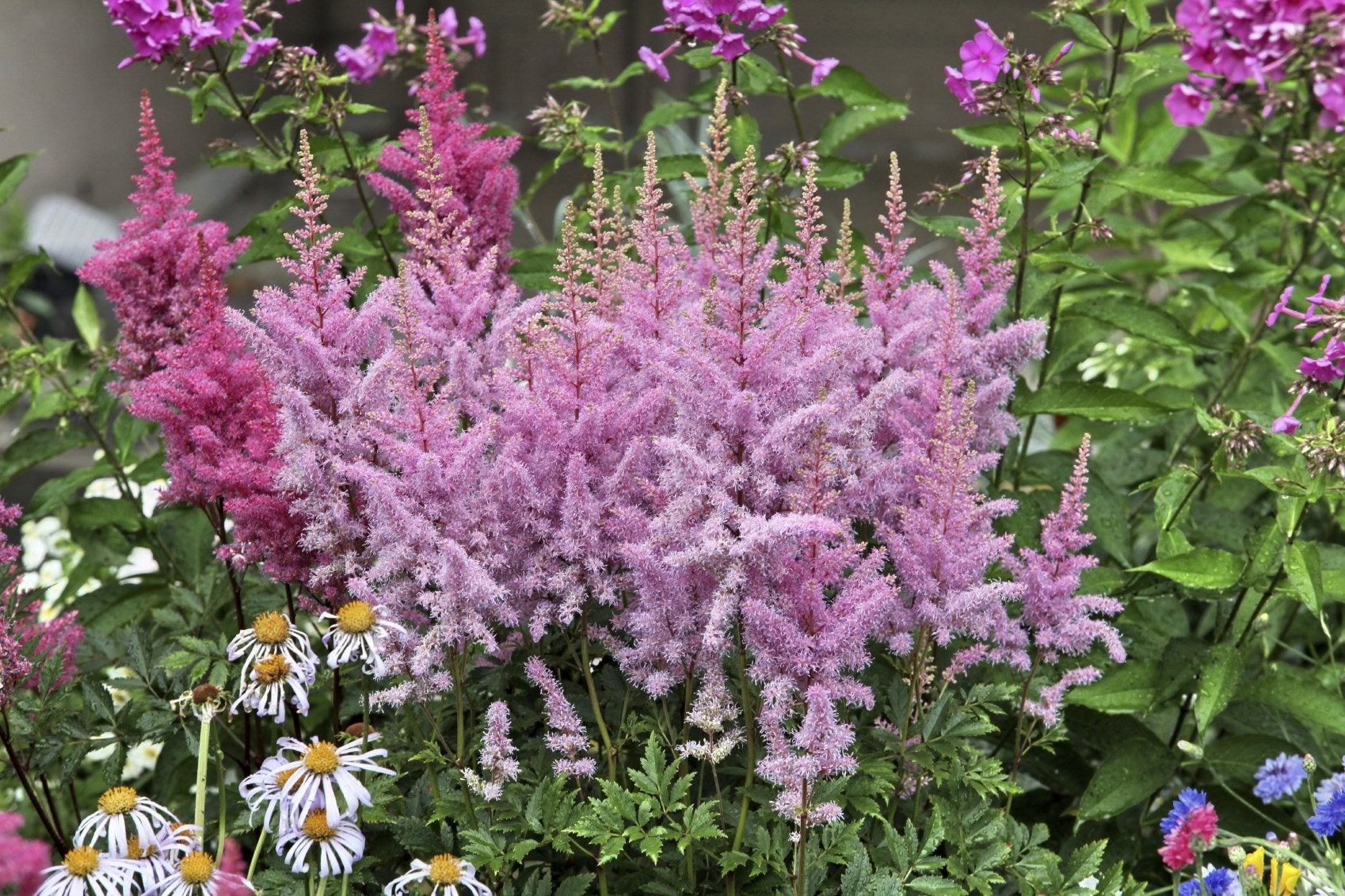 Bloom Time For Astilbe Plants: When Does Astilbe Bloom
Bloom Time For Astilbe Plants: When Does Astilbe BloomWhen does astilbe bloom? Astilbe plant bloom time is usually a phase of time between late spring and late summer depending on the cultivar. Learn more about the blooming of astilbe in this article to ensure more of these flowering plants in your garden.
By Karen Boness
-
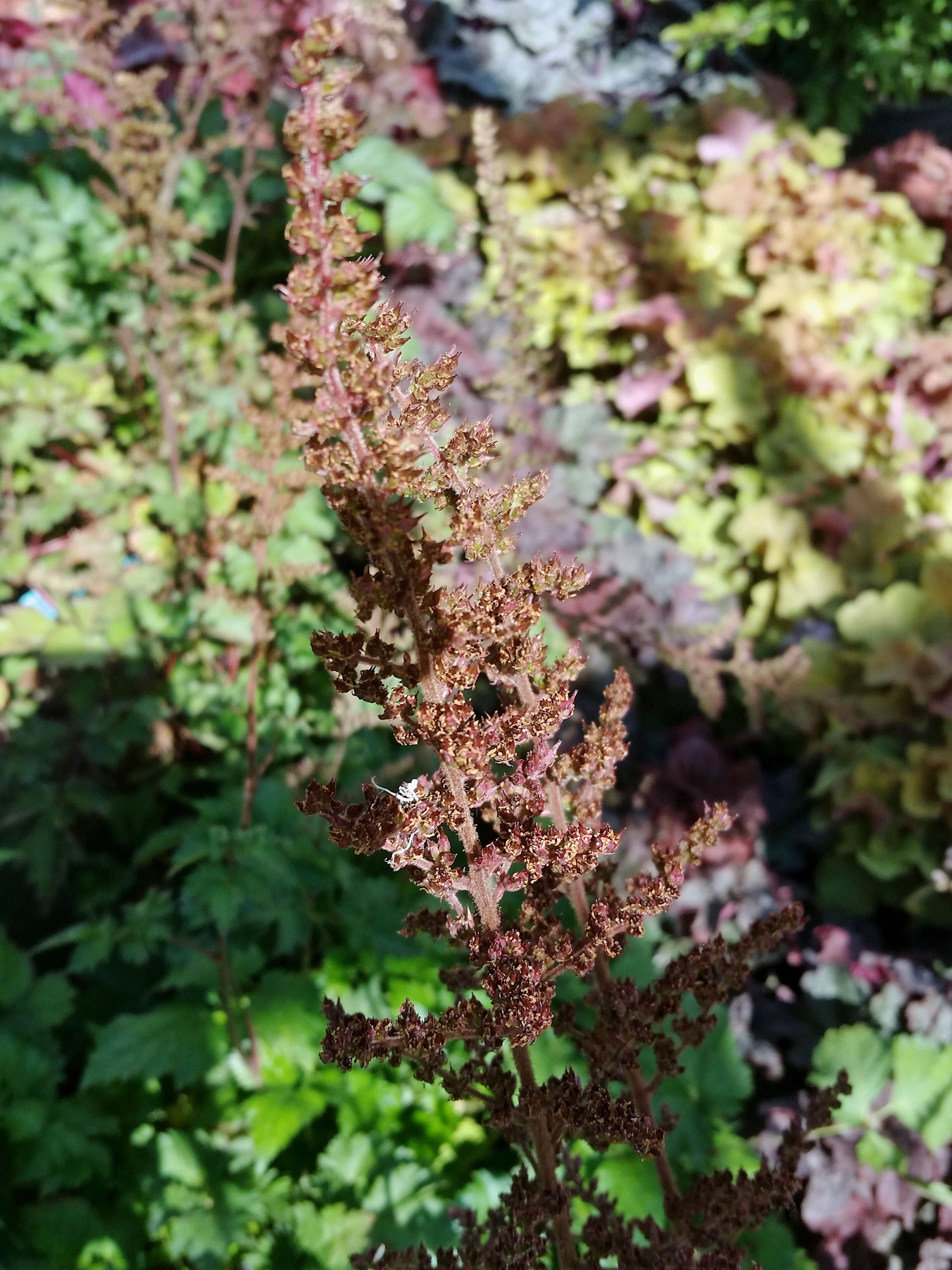 Troubleshooting Astilbe Diseases: Overcoming Problems Growing Astilbe Plants
Troubleshooting Astilbe Diseases: Overcoming Problems Growing Astilbe PlantsAstilbe plants are as tough as they are lovely. This doesn?t mean that they are completely pest free, however. For information on astilbe plant diseases, the following article will help. Click here to learn more.
By Teo Spengler
-
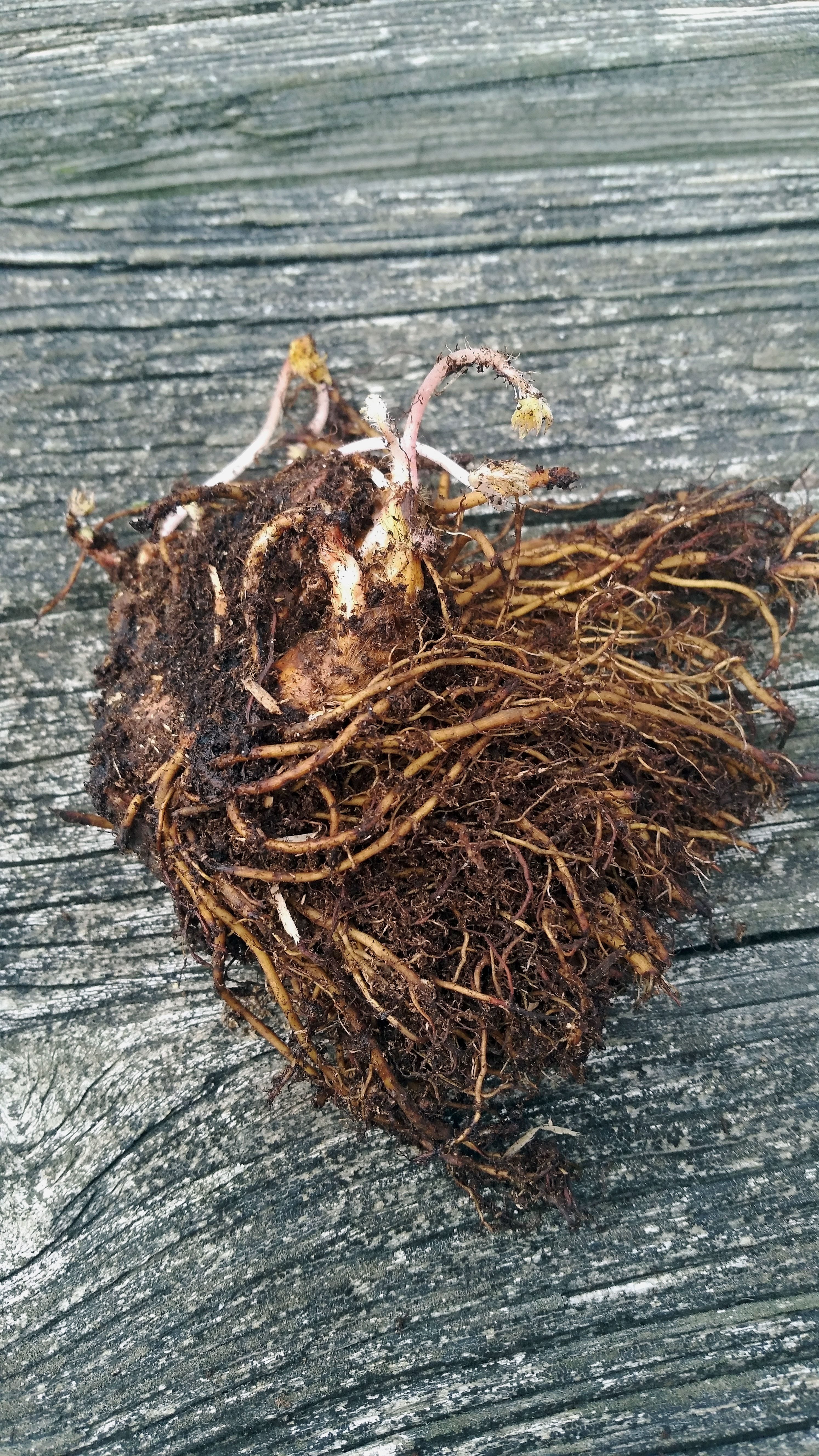 Astilbe Bare Roots – Learn About Bare Root Planting Of Astilbe
Astilbe Bare Roots – Learn About Bare Root Planting Of AstilbeAstilbe plants are usually propagated by root division in spring. Sometimes, however, they are sold bare root at that time. For more information about growing astilbe from bare roots, you should click on the following article.
By Teo Spengler
-
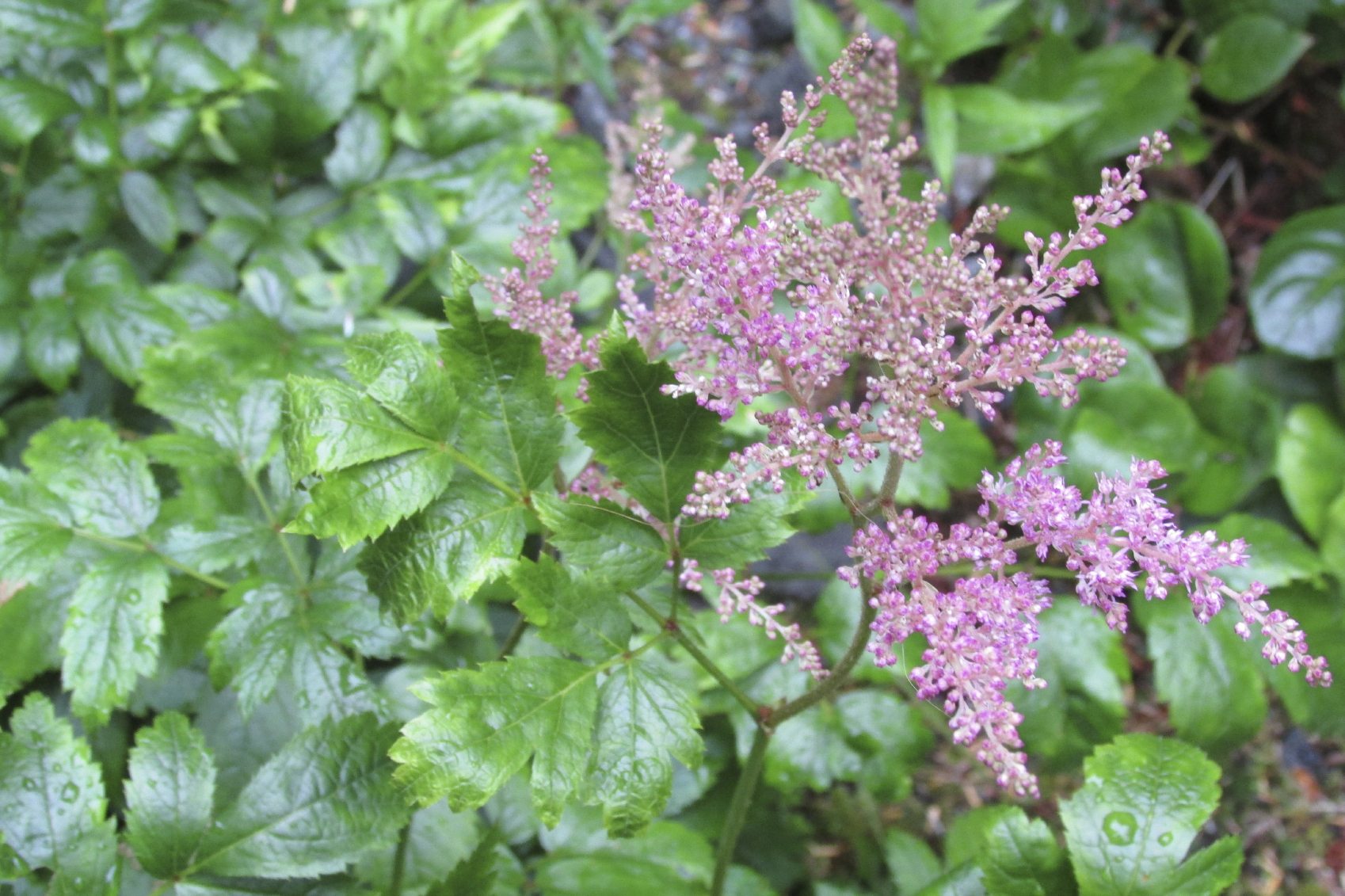 Dividing Astilbe Plants: How To Transplant Astilbe In The Garden
Dividing Astilbe Plants: How To Transplant Astilbe In The GardenMost perennial plants can be divided and transplanted, and astilbe is no exception. You don't need to transplant or divide astilbe plants every year, but every two to four years. For more information on dividing astilbe plants, click this article.
By Teo Spengler
-
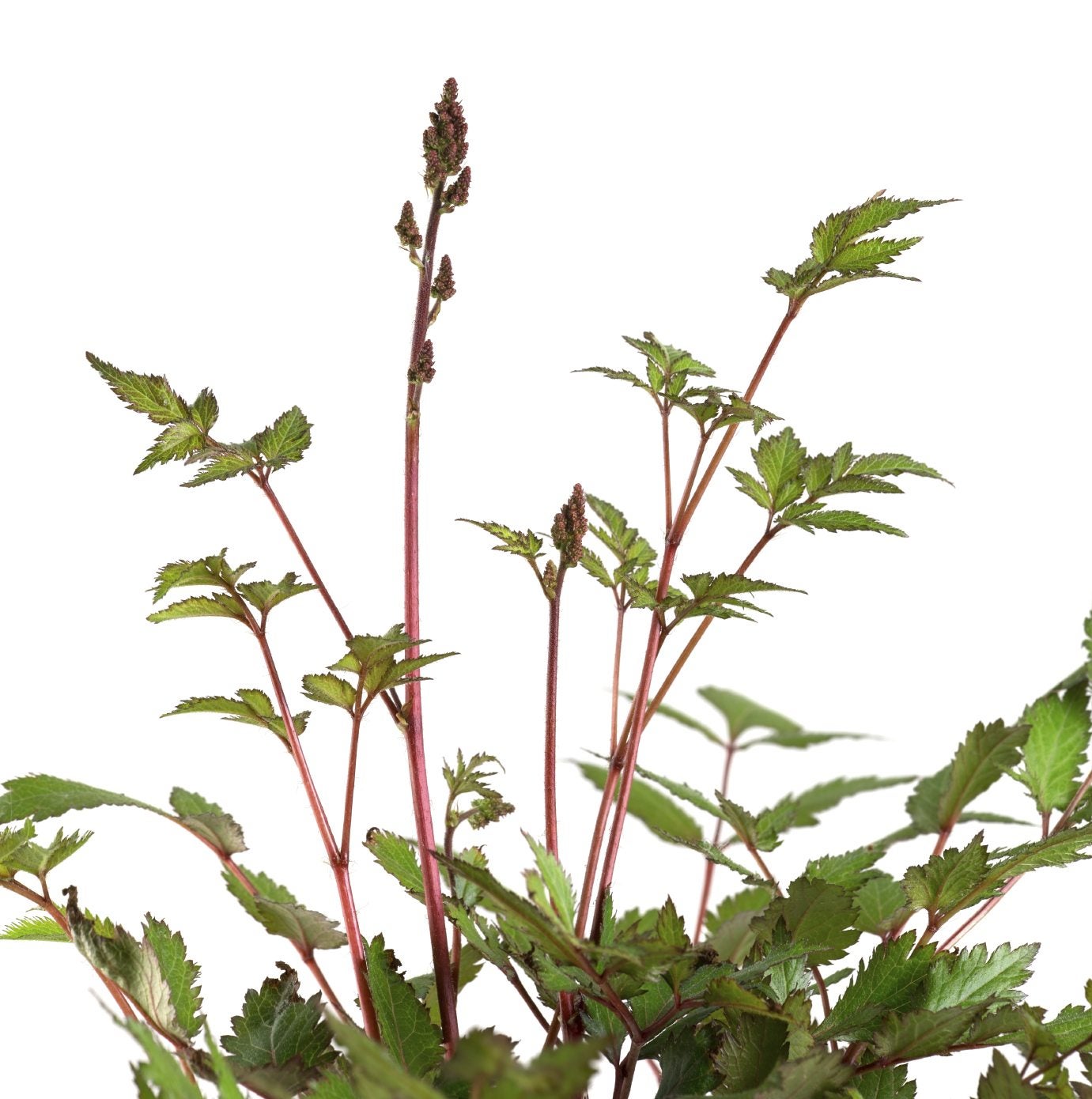 Astilbe Won’t Bloom: Reasons For Astilbe Not Blooming
Astilbe Won’t Bloom: Reasons For Astilbe Not BloomingAstilbe is one of America's most loved ornamental plants, and with good reason. This hardy perennial produces masses of blooms. It is generally a reliable bloomer, but if your astilbe won't bloom, there are several possible causes. This article will help.
By Mary H. Dyer
-
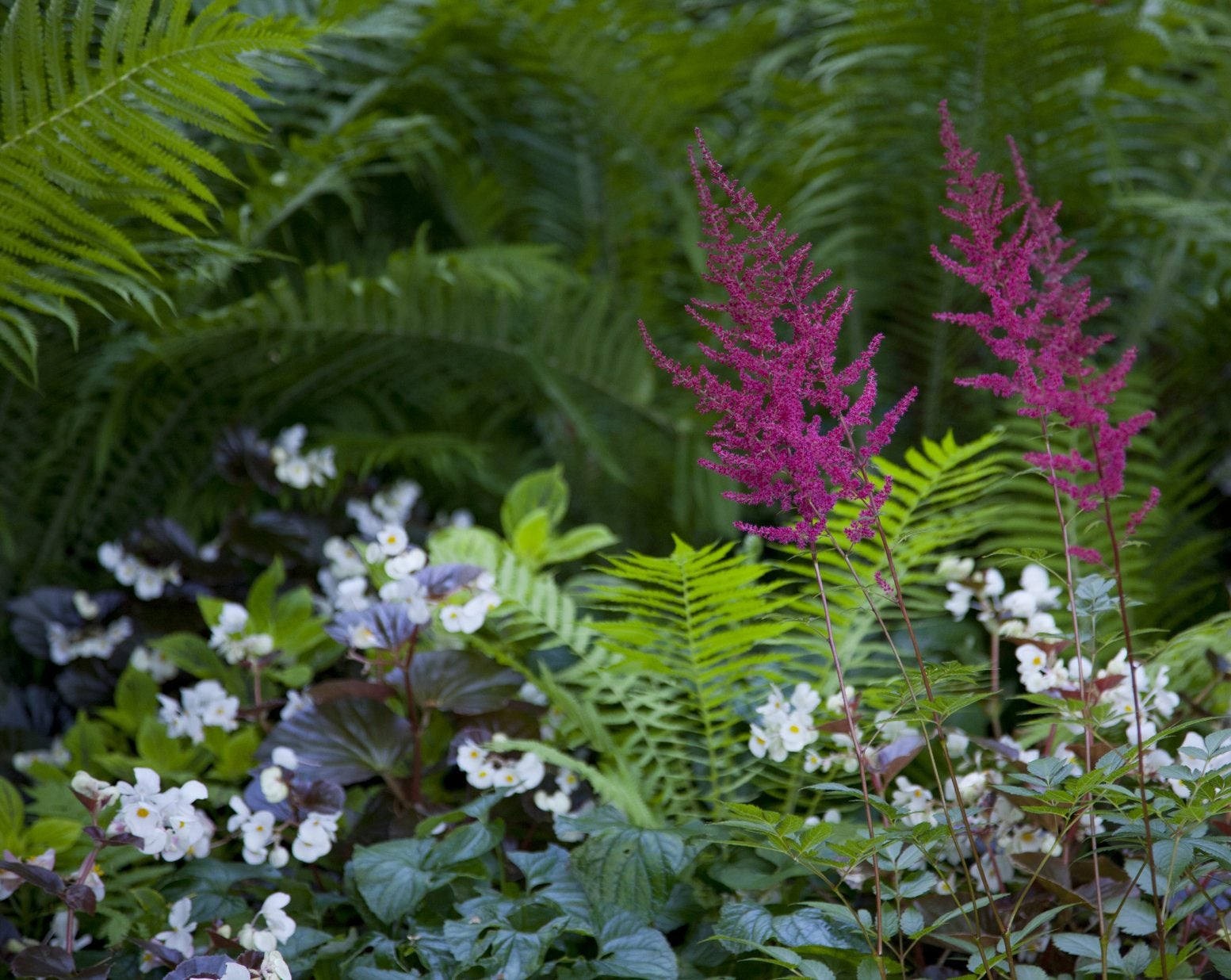 Astilbe Companion Planting: Companion Plants For Astilbe
Astilbe Companion Planting: Companion Plants For AstilbeAstilbe is a fantastic plant to have in your flower garden. But what else can go in those spaces with it? Click on this article to learn about astilbe companion planting and plants that grow well with astilbe.
By Liz Baessler
-
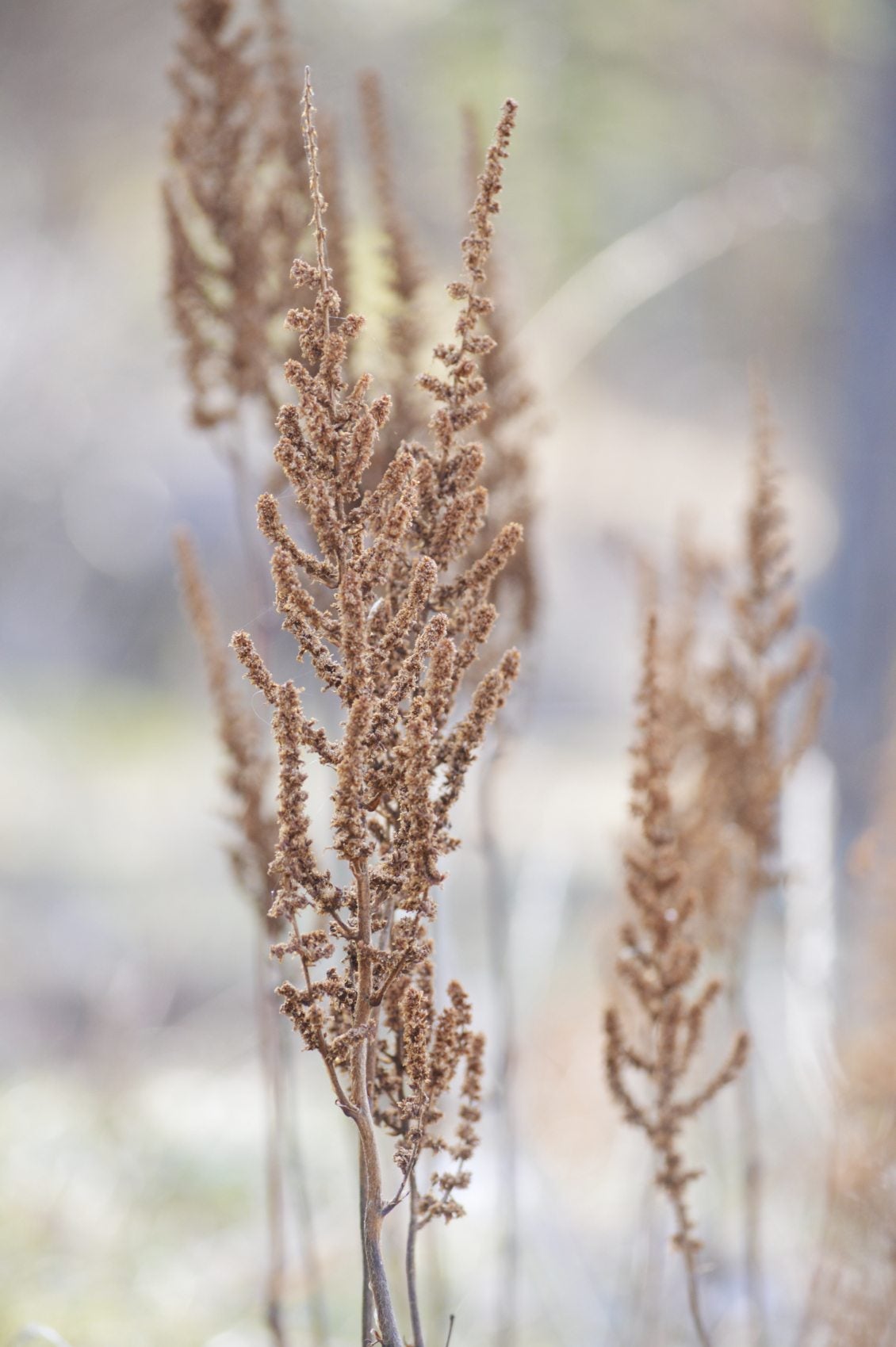 Astilbe Winter Care: How To Winterize Astilbe Plants
Astilbe Winter Care: How To Winterize Astilbe PlantsWhile it should survive for years, there are a few steps you can take to give astilbe a serious leg up and make sure it survives the cold. Find out how to care for astilbe plants in winter in the article that follows.
By Liz Baessler